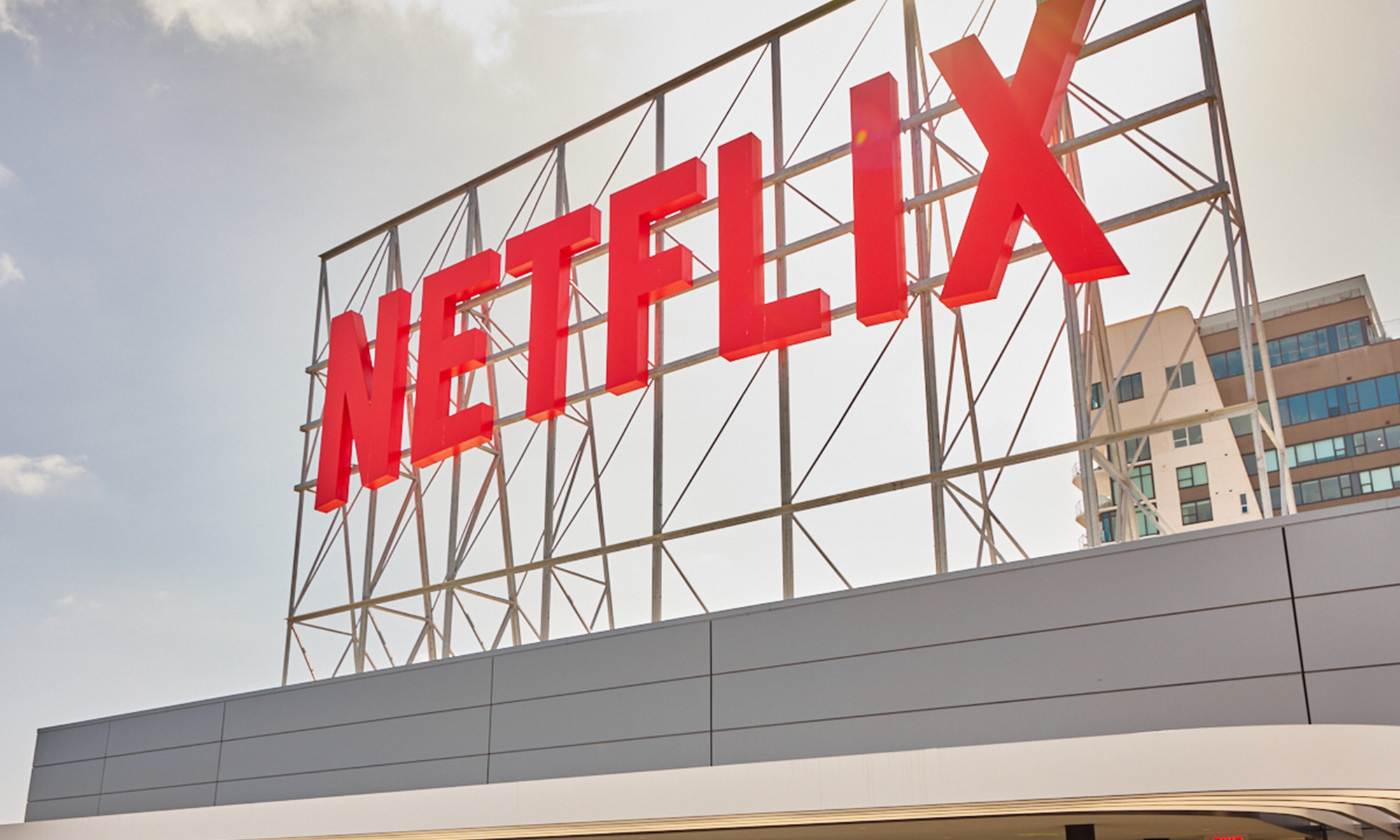Investors have a long list of worries heading into Netflix's (NFLX 0.08%) third-quarter earnings report. The leader in streaming TV announced its worst subscriber miss in years back in July, when membership additions landed at 2.7 million compared with the prediction of 5 million. That miscalculation puts the pressure on management to try to avoid a first-ever back-to-back growth whiff when it reports results on Wednesday, Oct. 16.
Investors might be just as concerned with the changing competitive environment and what the entry of new rivals like Disney (DIS 0.56%) and Apple (AAPL 0.34%) might mean for growth and profitability in 2020 and beyond.

Image source: Getty Images.
Strike two?
There are good reasons to believe Netflix will bounce right back to its market-thumping growth pace this quarter. That has been the case with each of the streamer's last three forecast misses, including a year ago when the company added 1 million more subs than it had projected after coming up short in the fiscal second quarter.
CEO Reed Hastings are his team are projecting a similar rebound this year. In fact, their membership prediction calls for gains to accelerate to 7 million versus 6 million a year ago. Help from new content like Stranger Things should allow additions to "return to more typical growth" in Q3, executives said in mid-July.
A second straight miss wouldn't be cause for panic, given that aggressive forecast. Netflix issues its own internal "best guess" for growth in a given quarter and expects to be wrong in either direction at roughly the same proportion. Still, another disappointment would raise big questions about the streamer's content and pricing strategies.
Pricing pressures
Streaming TV is a new phenomenon, which means investors don't have a benchmark to rely on for estimating earnings power. For its part, Netflix has said that its profitability will ultimately depend on the level of competition in the market once it reaches maturity.
That's a key reason the company has been aggressively expanding around the world: Netflix wants to capture market share before peers can win a foothold in the space. That strategy is working well, with operating margin set to reach 13% of sales in 2019 versus 10% in 2018, 7% in 2017, and 4% in 2016. The best way to judge whether competition is affecting the business is to follow this figure for signs of a worsening from its current expansion rate of about 3 percentage points per year.
Competitive threats
In a shareholder letter, Netflix said last quarter's miss likely wasn't due to disruptions by rival streaming services because "there wasn't a material change in the competitive landscape in Q2." That won't be the case for fiscal Q4, which will mark major entries into the space by both Disney and Apple.
Thus, I'll be looking for Hastings and his team to spend some time discussing how these threats might affect growth and profit margins over the short term. With over 150 million paying global subscribers and years of content in the pipeline, the streaming giant clearly has the upper hand in this fight.
But Disney and Apple could create some major short-term pressures on membership and pricing just as Netflix enters its traditionally highest growth season of the year. Management's fourth-quarter subscriber forecast will tell investors a lot about how disruptive these new launches might be.






